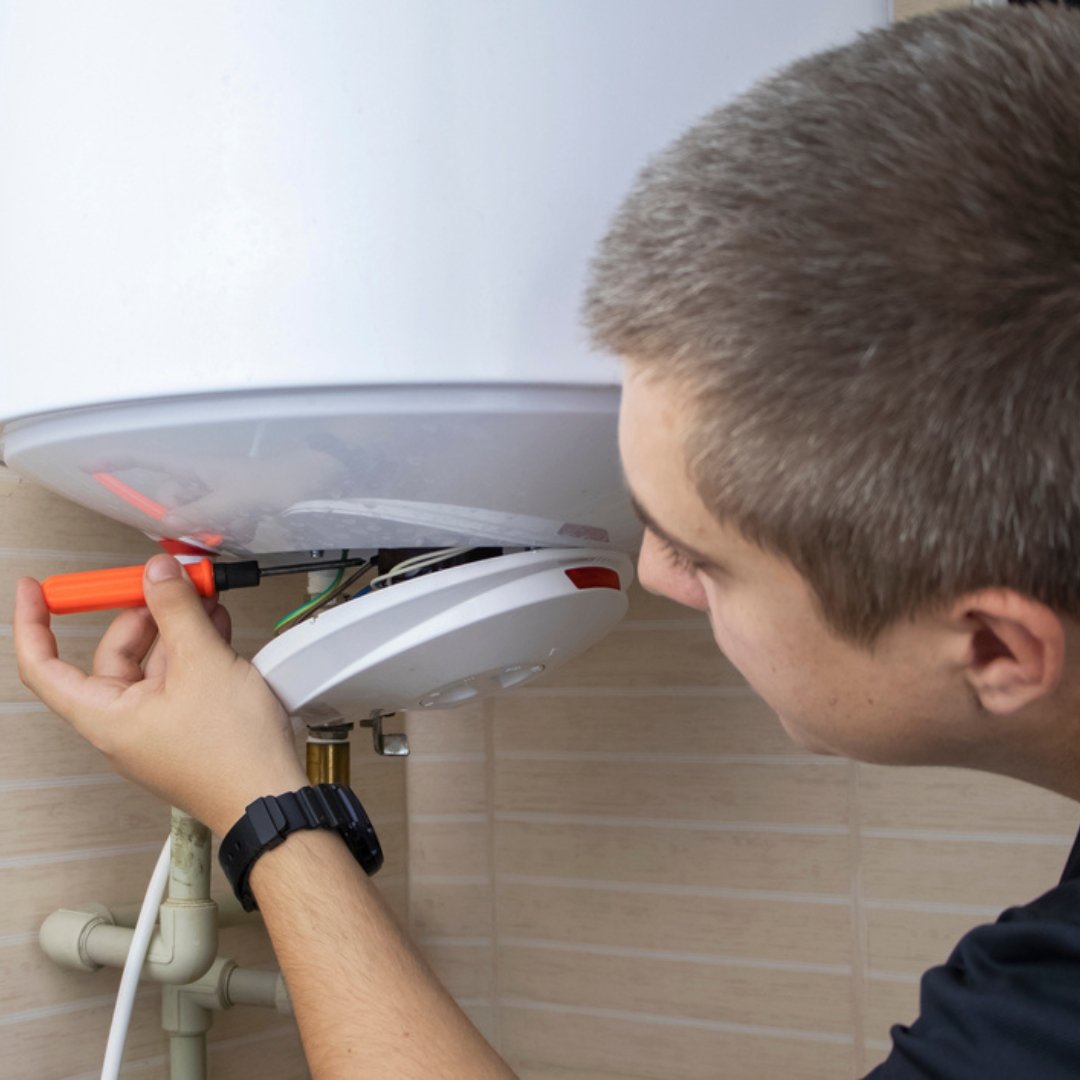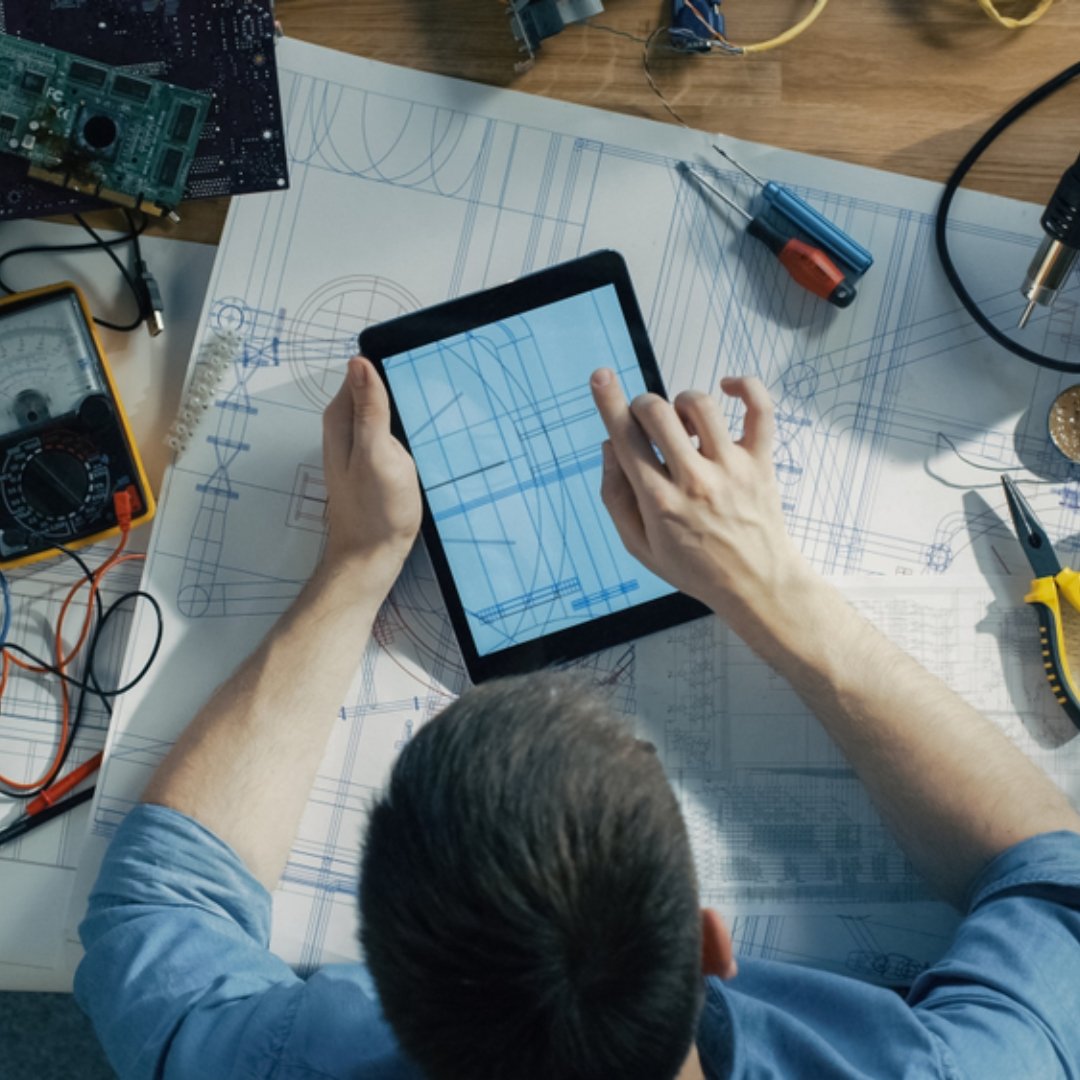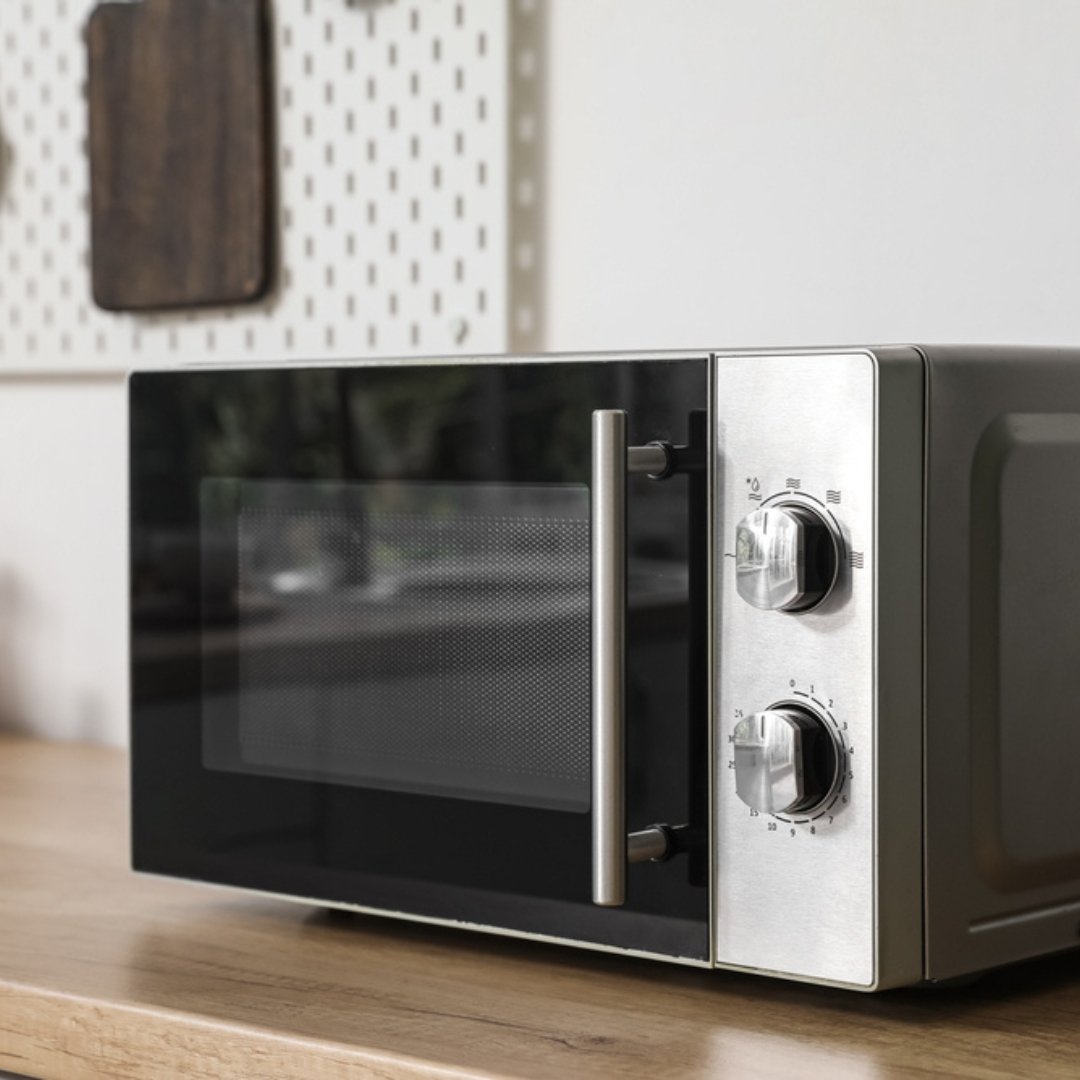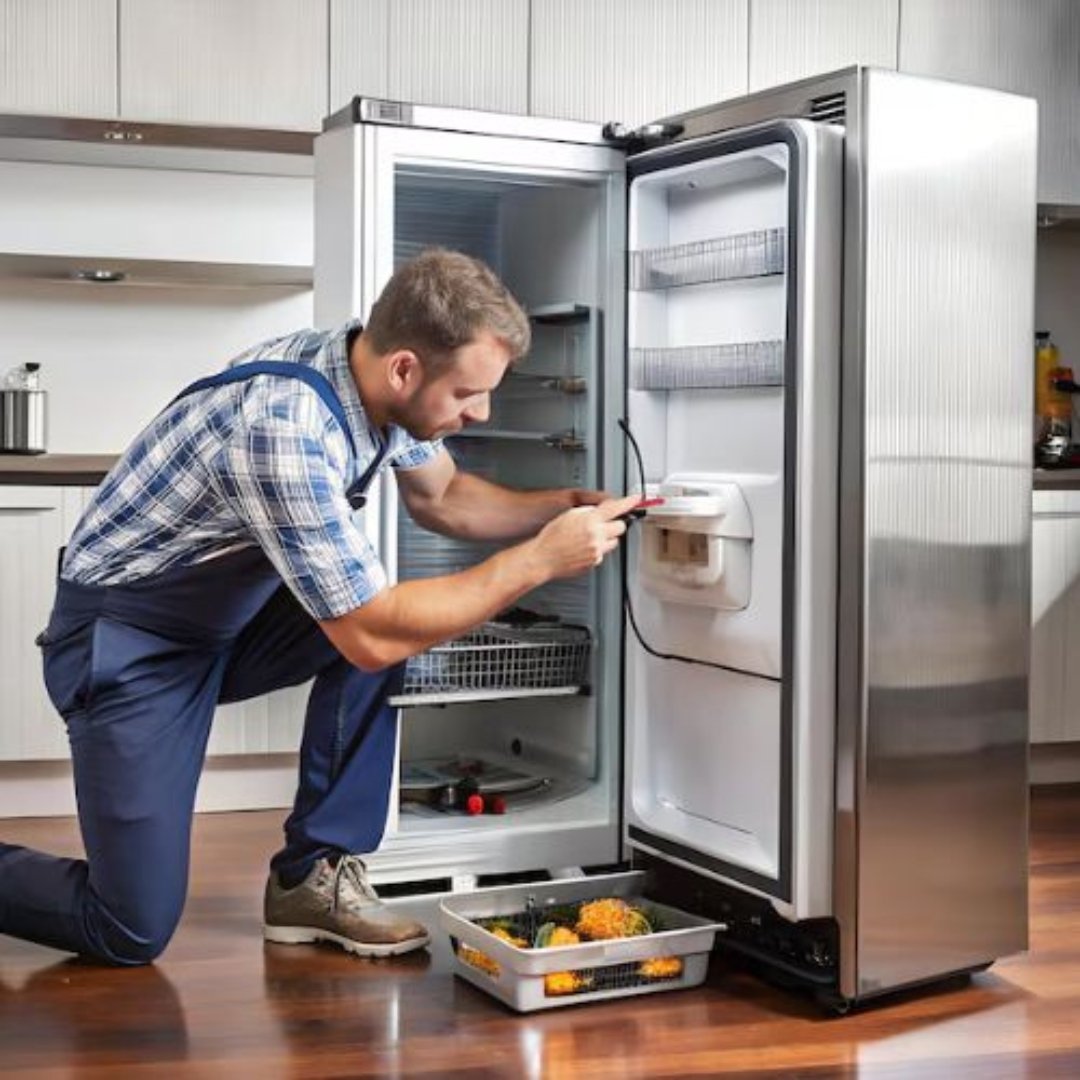Microwave Simple DIY Methods vs. Professional Testing
Microwaves have become an everyday essential in kitchens worldwide. From reheating leftovers to preparing quick meals, these appliances save time and effort. But beyond convenience lies a critical question: Is your microwave safe to use?
Like all electrical appliances, microwaves can develop faults over time. A damaged door seal, internal wear, or loose fittings can lead to microwave radiation leakage—something you cannot see, taste, or smell. This is where testing becomes crucial. While many people try DIY methods at home, others rely on professional testing services. But which one is right for you? Let’s break it down. To Know More Click Here
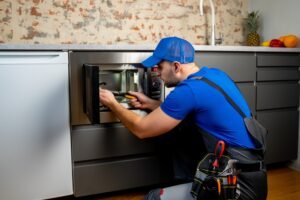
Simple DIY Microwave Safety Checks
Homeowners often perform quick checks to assess whether their microwave is functioning properly. Some common DIY methods include:
- Visual Inspection
- Look for cracks in the door, dents in the casing, or worn-out hinges.
- Ensure the door seal (gasket) is clean and undamaged.
- Check if the door closes tightly without gaps.
- Water Heating Test
- Place a cup of water inside the microwave and run it for one minute.
- If the water heats up, the magnetron (the microwave’s core component) is likely working.
- Light and Sound Check
- Observe the internal light when in use.
- Listen for buzzing, sparking, or unusual noises that may indicate internal issues.
- Mobile Phone Signal Trick
- Some people place a mobile phone inside the microwave (switched on) and try calling it.
- If the call connects, it may suggest the microwave door seal isn’t blocking signals properly.
While these methods are easy and cost-free, they are basic checks only. They don’t accurately measure whether the microwave is leaking harmful levels of radiation. To Know More Click Here
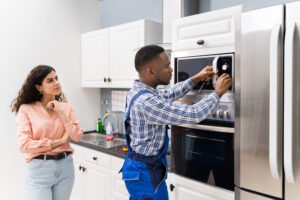
Why DIY Methods Have Limitations
Although DIY methods help detect surface-level issues, they cannot guarantee safety. Here’s why:
- No Radiation Measurement – Only professional devices can detect electromagnetic radiation leakage.
- False Sense of Security – A microwave may heat food normally but still leak radiation.
- Hidden Electrical Risks – Faulty wiring, insulation breakdown, or magnetron issues are invisible without specialized tools.
- Unreliable “Hack Tests” – The phone trick measures mobile signal strength, not microwave radiation.
DIY methods are useful as a first step, but they should never be your final safety check.
Professional Microwave Testing
Professional testing is the gold standard for ensuring microwave safety. It involves the use of calibrated microwave leakage detectors and electrical safety analyzers to provide accurate results.
A typical professional microwave test includes:
- Radiation Leakage Test – Detects any leakage around the microwave’s casing and door seals, measured against international safety standards (like IEC 60335-2-25).
- Power Output Check – Ensures the microwave is delivering consistent heating performance.
- Electrical Safety Assessment – Tests grounding, insulation resistance, and current leakage.
- Seal and Door Latch Test – Verifies that the door is closing properly and no microwaves escape.
Professionals also provide certification and compliance reports, which are mandatory in commercial kitchens, schools, hospitals, and workplaces. To Know More Click Here
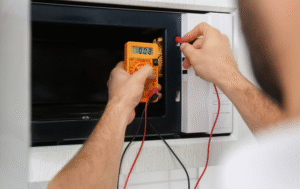
DIY vs. Professional Testing: A Comparison
- Ease of Use
- DIY methods are simple, quick, and require no tools.
- Professional testing requires trained technicians and specialized equipment.
- Cost
- DIY checks are free.
- Professional testing involves a service fee.
- Accuracy
- DIY checks provide very limited accuracy.
- Professional testing delivers highly precise results.
- Radiation Measurement
- DIY methods cannot measure microwave radiation leakage.
- Professionals use calibrated detectors to measure radiation levels.
- Compliance Reports
- DIY testing offers no formal proof of safety.
- Professionals provide safety certificates and compliance reports, essential for businesses.
- Best Use Cases
- DIY is good for quick, everyday home checks.
- Professional testing is essential for workplaces, institutions, and when complete safety assurance is required.
Which Should You Choose?
- For Home Use: Start with DIY checks regularly. If your microwave is more than 5 years old, heavily used, or shows signs of wear—book a professional test.
- For Businesses & Institutions: Professional testing is non-negotiable. Food outlets, offices, schools, and healthcare facilities must comply with safety standards.
- For Peace of Mind: Even at home, professional testing ensures you and your family aren’t exposed to hidden risks. To Know More Click Here
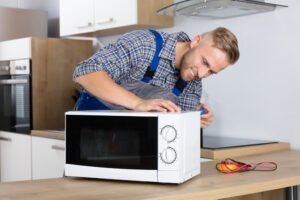
Conclusion
DIY methods are useful for spotting obvious faults in your microwave, but they have clear limitations. Only professional testing can accurately measure radiation leakage, electrical safety, and overall performance. For households, DIY checks can act as the first line of defense, while professional testing serves as the final assurance of safety.
When it comes to microwave radiation, the choice is simple—better safe than sorry.
SafeTag – Your Safety Partner in New Zealand
Ensure workplace safety and compliance with SafeTag’s professional testing services. We offer certified solutions for Electrical Testing & Tagging, RCD Testing, Microwave Leakage Testing, and Portable Appliance Testing (PAT). Trust our experts for hassle-free, on-site service tailored to your business needs.

